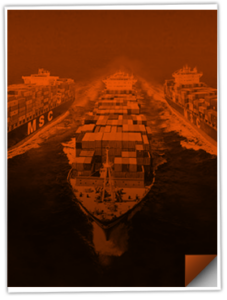What is Hazmat in Shipping?
Hazmat (short for hazardous materials) in shipping refers to substances or items that pose a risk to health, safety, property, or the environment during transportation. These materials require special handling, packaging, documentation, and labeling to comply with safety regulations.
Hazmat shipping is regulated at both national and international levels by agencies such as the U.S. Department of Transportation (DOT), International Maritime Organization (IMO), and International Air Transport Association (IATA).
Common Examples of Hazmat Goods
- Flammable liquids (e.g., gasoline, alcohol)
- Explosives (e.g., fireworks, ammunition)
- Compressed gases (e.g., propane, oxygen tanks)
- Corrosives (e.g., battery acid, bleach)
- Radioactive materials (e.g., medical isotopes)
- Toxic substances (e.g., pesticides, mercury)
Key Hazmat Shipping Requirements
- Proper classification and labeling
- Use of certified packaging
- Completion of shipping papers, such as the Dangerous Goods Declaration
- Carrier notification and consent
- Trained personnel handling the cargo
- Placards for vehicles transporting hazmat by road
Example in Practice
A manufacturer shipping paint (a flammable liquid) must label the package with a UN number, use DOT-approved containers, and file a hazardous materials shipping paper before transport.
Need help with your hazmat shipments? Contact us today!



